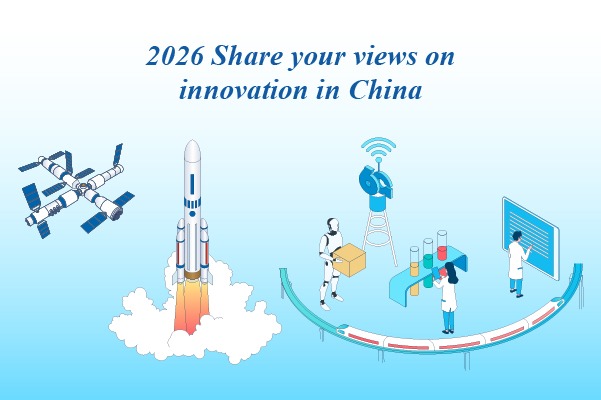Tariff cannot address the trade imbalance

China has left behind its past economic plan which was based on debt-fueled investment and exports. That plan has driven the country's expansion of the last four decades, but it reached its peak and surpassed its usefulness and efficacy. China has aligned its new economic policy with a medium-to-long term plan which focuses on slower yet more sustainable consumption-based growth. China’s new economic policy is also intends to reduce debt and open up its financial markets.
Globalization has been based on the assumption that free trade is beneficial for national and regional economic systems because it results in market access and market integration, which benefits both consumers and producers.
However, globalization has revealed significant side-effects. National and regional interests seem to suffer as a result of inabilities to adjust the relevant economies. The economic side-effects of free trade and the perceived harm of national interest are the cause of trade wars.
The US has announced on March 22 the imposition of tariffs of up to on $50 billion on Chinese exports to the United States while US President Donald Trump escalated trading tensions again between Beijing and Washington by ordering the US Trade Representative on April 5 to consider an additional $100 billion tariffs on China.
China responded immediately by deciding to impose tariffs on 106 items originating in the US, China’s Ministry of Commerce announced on April 4. Beijing has chosen to add a tariff of 25 percent to 106 goods originating in the US and outlining on March 23 new import taxes on US products worth $3 billion.
The escalation of tariffs is targeting sectors which enjoy uninhibited import penetration and contribute to what is perceived by US as an unfair trade deficit balance.
Tariffs on their own can restrict temporarily trade flows. They cannot address the trade imbalance significantly. It appears that the US has a strategic plan to use these tariff hikes as a plan to renegotiate the conditions for market access under WTO. It is remarkable and it also shows the cards of the Trump administration in such a re-negotiation, the fact that the EU has been given a last minute reprieve, albeit temporary, from the steel and aluminium tariffs.
China has many options to retaliate legitimately and under the WTO rules. It is one of the biggest buyers of US crops, including soybeans. China can increase import taxes or more intelligently, switch purchasing agricultural products to other parts of the world. What seems to have gone unnoticed so far is that China can switch purchasing of high-value products such as aircraft as part of a tactic to counterbalance the US tariff aggression on raw material imports to the USA.
If more tax imposition measures are announced, uncertainty will escalate to the stock markets, where investors will react negatively to the restrictive trade environment. The reaction of stock markets will be an indicator of the state of play in this trade war.
Both parties to the dispute need to maintain calm and address any issues within the rules of the WTO. Free trade must prevail and the two of the biggest economies of the world must avoid reverting to tariffs as trade defense instruments, because such action will cause irreparable damage to producers, consumers and investors.
China appears to have the upper hand. Its leaders have no desire to see the global trading system destabilized. China has hinted in adapting a responsive and responsible political and economic leadership which will have a number of features to address the side effects of globalization. Although the fundamental principle of free trade is paramount to the world’s political and economic systems, priorities of national or even regional systems will attempt to balance trade deficits. Economic diplomacy will result in amicable outcomes with market access restored. This route needs to be flowed by the USA, which in the near past has also followed similar patterns of tariff wars. Many remember the import tariffs applicable to the steel industry imposed by the G.W. Bush administration in 2004, which were ephemeral and had very little impact on domestic industry and supply chains. Efficient producers tend to absorb such barriers and the result of the tariffs is the lasting bitterness of the trade dispute.
Trade wars are not good for anyone.
The writer is a professor of International Business Law at the University of Hull.




































